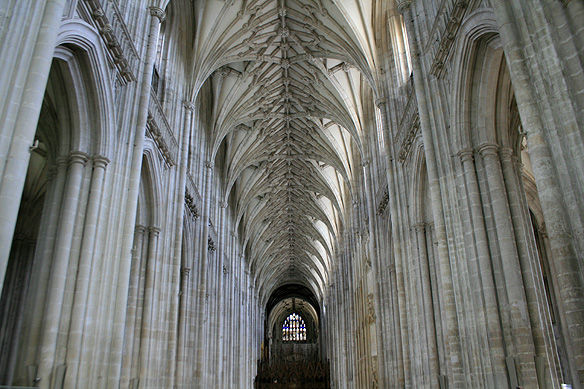
There was once a city called Atlantis, a Utopia which was both highly advanced and its people beautiful and wise. But then these very people became corrupted with their own might. Angered by this, the gods made the city disappear forever, never again to reappear.
Much like Plato’s fabled Atlantis, there was once a paradisaical Utopia nestled in the fertile Punjab plains in northern India. Strategically located halfway between Delhi and Lahore, it was wealthy and beautiful, decorated with some 360 mosques, gardens, tombs, caravansarais, and wells. It minted its own gold and copper coins, trade and industry flourished, and Sufi saints, artists and surgeons converged in its lanes, calling the city their home.
And like Atlantis, its wonders and fortunes disappeared overnight. Continue reading









